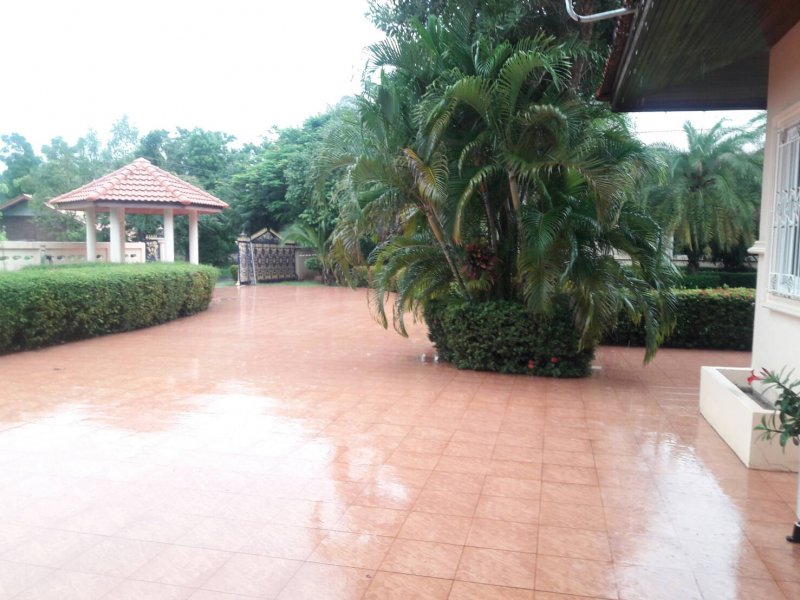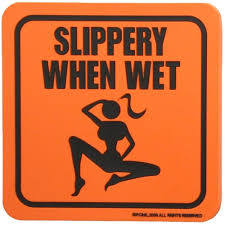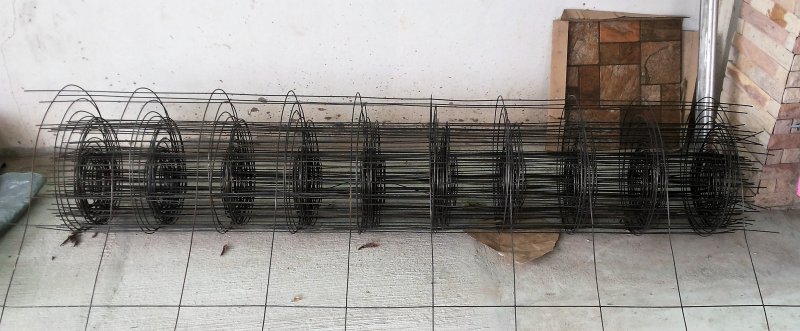nomad97
Resident Geek
If you think I have been a little quiet of late there is a reason for it. At the beginning of November I decided it was time to do something about the rapidly deteriorating concrete laid down in my drive and carport. The concreting was never good but recently more old sand and cement was being brushed out the gate than the rubbish I was trying to sweep away. Trying to contract a labour force from the village to do the work was a waste of time, both due to the time of year (rice harvest) and the general disposition of the workers to avoid work at any cost. The only alternative, therefore, was to do it myself.
I am no spring chicken and the dreaded four score years and ten are only a year away. I knew I needed to take a measured approach as to how I was going to achieve the resurfacing of the drive and carport all by myself, single-handed. The task was to relay the concrete surface, fill-in all the pot-holes and cracks and correct the levels for the efficient drainage of water. Whatever method I chose had to balance carefully my limited physical and technical ability against the requirement to do a good job. All together, there was some 95 to 100 square meters of concrete to be resurfaced. I decided this could be achieved by laying 1 meter square concrete slabs, laid in-situ. Initially I started at 1 square meter a day to get my 'body' going and after a few weeks I had upped the rate to 3 square meters each day.
I ordered the raw materials, cement, sand and gravel and made a concrete 'float' from an old teak plank that was laying around. I decided to use Durawood to make the boundaries of the square and also give me a frame to ensure the levels were spot-on. I also decided to use steel reinforcement mesh to give strength to the concrete squares. Average depth of the squares between 40 to 70 mm thick. Game on - let work commence. The drive and carport as at 6 weeks ago:
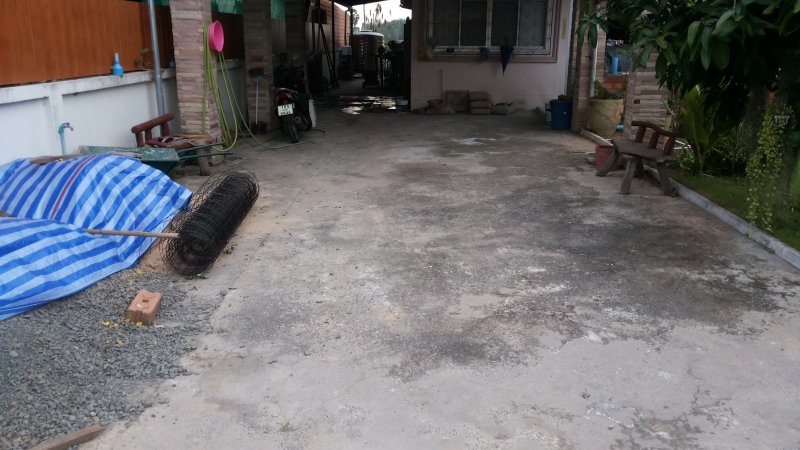
The drive and carport as it is today:
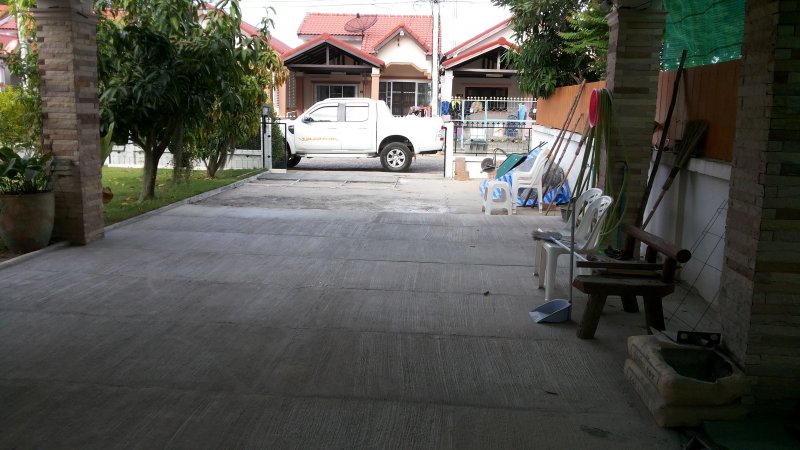
I am beginning now to finish off the entrance. The car is parked in the road and it will be another week before I can drive into the carport again. All the work should be completed by the end of the year. By then, I guess I will have shifted 8 metric cubes of sand and gravel, together with another couple of metric cubes of cement. It's been very good exercise for me and, even though I say it myself, I am very pleased with the finished product.
I am no spring chicken and the dreaded four score years and ten are only a year away. I knew I needed to take a measured approach as to how I was going to achieve the resurfacing of the drive and carport all by myself, single-handed. The task was to relay the concrete surface, fill-in all the pot-holes and cracks and correct the levels for the efficient drainage of water. Whatever method I chose had to balance carefully my limited physical and technical ability against the requirement to do a good job. All together, there was some 95 to 100 square meters of concrete to be resurfaced. I decided this could be achieved by laying 1 meter square concrete slabs, laid in-situ. Initially I started at 1 square meter a day to get my 'body' going and after a few weeks I had upped the rate to 3 square meters each day.
I ordered the raw materials, cement, sand and gravel and made a concrete 'float' from an old teak plank that was laying around. I decided to use Durawood to make the boundaries of the square and also give me a frame to ensure the levels were spot-on. I also decided to use steel reinforcement mesh to give strength to the concrete squares. Average depth of the squares between 40 to 70 mm thick. Game on - let work commence. The drive and carport as at 6 weeks ago:

The drive and carport as it is today:

I am beginning now to finish off the entrance. The car is parked in the road and it will be another week before I can drive into the carport again. All the work should be completed by the end of the year. By then, I guess I will have shifted 8 metric cubes of sand and gravel, together with another couple of metric cubes of cement. It's been very good exercise for me and, even though I say it myself, I am very pleased with the finished product.

